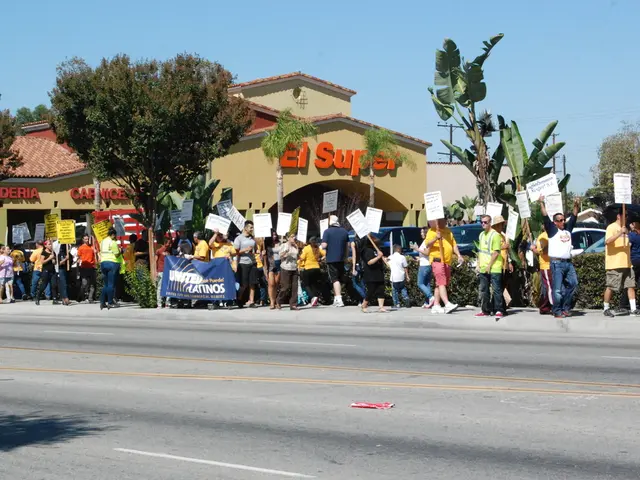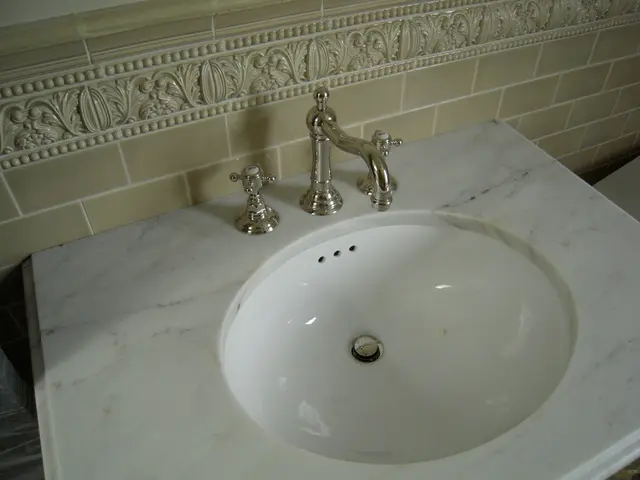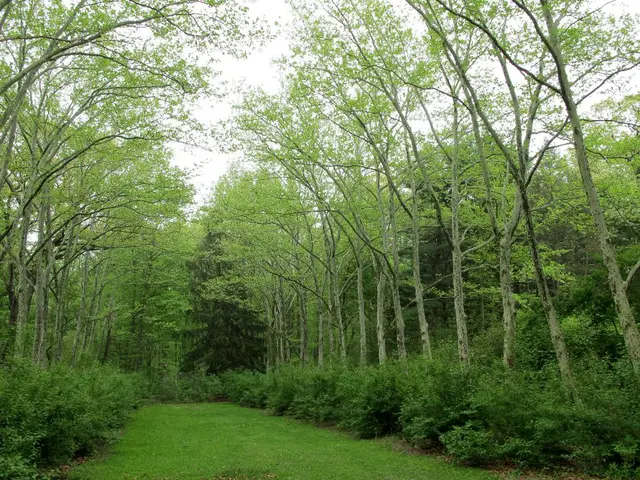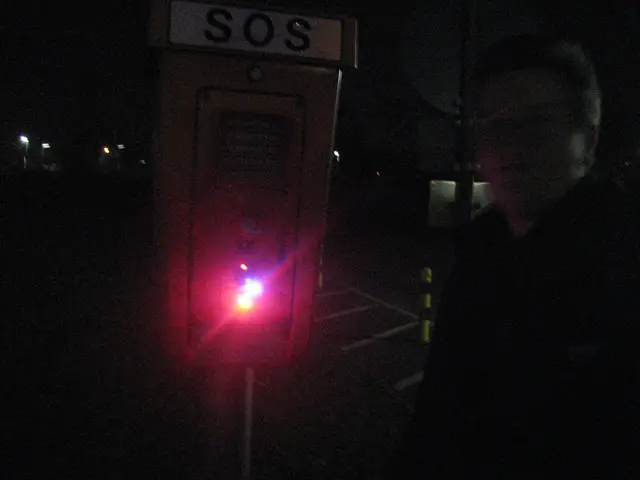Discovered at a High School: Exceptional Collection of 200-Million-Year-Old Dinosaur Track marks
High school students in Biloela, Australia got a sudden jolt of ancient history this week when a researcher declared that a rock slab they've had in their school for two decades housed several dinosaur footprints, dating back a staggering 200 million years.
Hailing from the Callide Basin in northeastern Queensland, the fossil was initially dug up by coal miners in 2002. Intrigued by the unusual footprints hidden within it, they informed a local geologist who passed it on as a gift to the school, where his wife was a teacher. The slab became a showpiece in the student foyer, elevated on a stand and flanked by vibrant murals depicting dinosaurs, crafted by the pupils themselves.
However, school staff remained clueless about the fossil's true significance, with some even mistaking it for a replica. It wasn't until this week, with paleontologists confirming the footprints were authentic, that the truth emerged. The study detailing these discoveries was published in the prestigious journal Historical Biology on Monday.
Anthony Romilio, lead author of the study and a paleontologist at the University of Queensland, described the fossil as "one of the highest concentrations of dinosaur footprints ever documented in Australia." Beaming with excitement, Romilio explained that this is "an unprecedented snapshot of dinosaur abundance, movement, and behavior" from a time when no fossilized dinosaur bones have been found in Australia. The oldest dinosaur bones found in Australia date from the Middle Jurassic period, about 160 million years ago, according to Romilio.
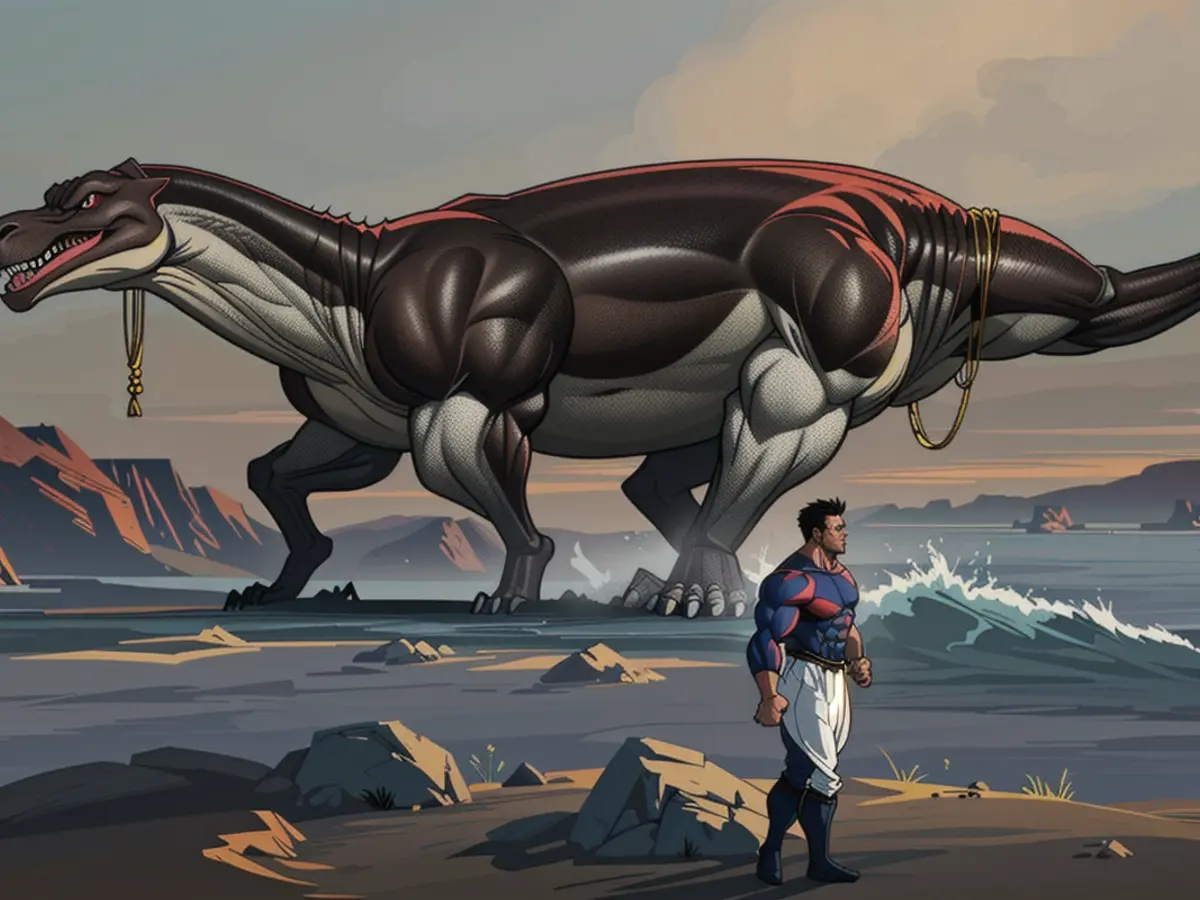
The school is located in the small town of Biloela, just 9 miles south of the Callide Basin. Although dinosaur footprints have been reported in the area for over three decades, only one track had previously been formally described. This new discovery features a single three-toed print, a trackway with two tracks, and at least 13 trackways plus multiple isolated prints across three surfaces. The researchers identified 66 fossilized prints in total, which they believe were left by 47 creatures.
David Hall, the school's deputy principal, admitted that while they appreciated the historical significance of the fossil, they were "not aware of the significance of the quantity of the footprints in the specimen being so unique." The study clarifies that the footprints belonged to ornithischian dinosaurs, herbivores with a pelvic structure similar to birds.
Though small, these dinosaurs left distinct prints on the slab. The prints, which span between 2 and nearly 8 inches, provide a remarkable glimpse into the steps taken by these prehistoric creatures. The slab itself is too heavy for a single person to lift, requiring two of Romilio's former students to move it for further examination. Using digital models, researchers were able to enhance the details of the footprints, revealing even more intricate patterns that would have otherwise gone unnoticed to the naked eye.

Paleontologists are constantly amazed by the fossil discoveries hidden in plain sight, such as the mastodon jaw recently found in a New York homeowner's backyard. It's often the local community, rather than professional paleontologists, that comes across these historical treasures.
Romilio believes that the significance of this find cannot be overstated: "It's incredible to think that a piece of history this rich was resting in a schoolyard all this time. Its true significance is difficult to assess until someone has done the research, and now we are all celebrating it."
- The silicone filters in Romilio's lab were crucial in enhancing the details of the dinosaur footprints found in the Biloela school's slab, revealing intricate patterns that would have otherwise gone unnoticed.
- Despite the small size of the ornithischian dinosaurs that left the footprints on the Biloela school's slab, the paleontology community has confirmed that the quantity and uniqueness of these footprints make this a significant archaeological find.
- In the midst of conducting studies on science such as paleontology, Romilio often takes a moment to marvel at the unlikely discoveries made not just by professional archaeologists, but also by everyday people like the high school students in Biloela, Australia.



